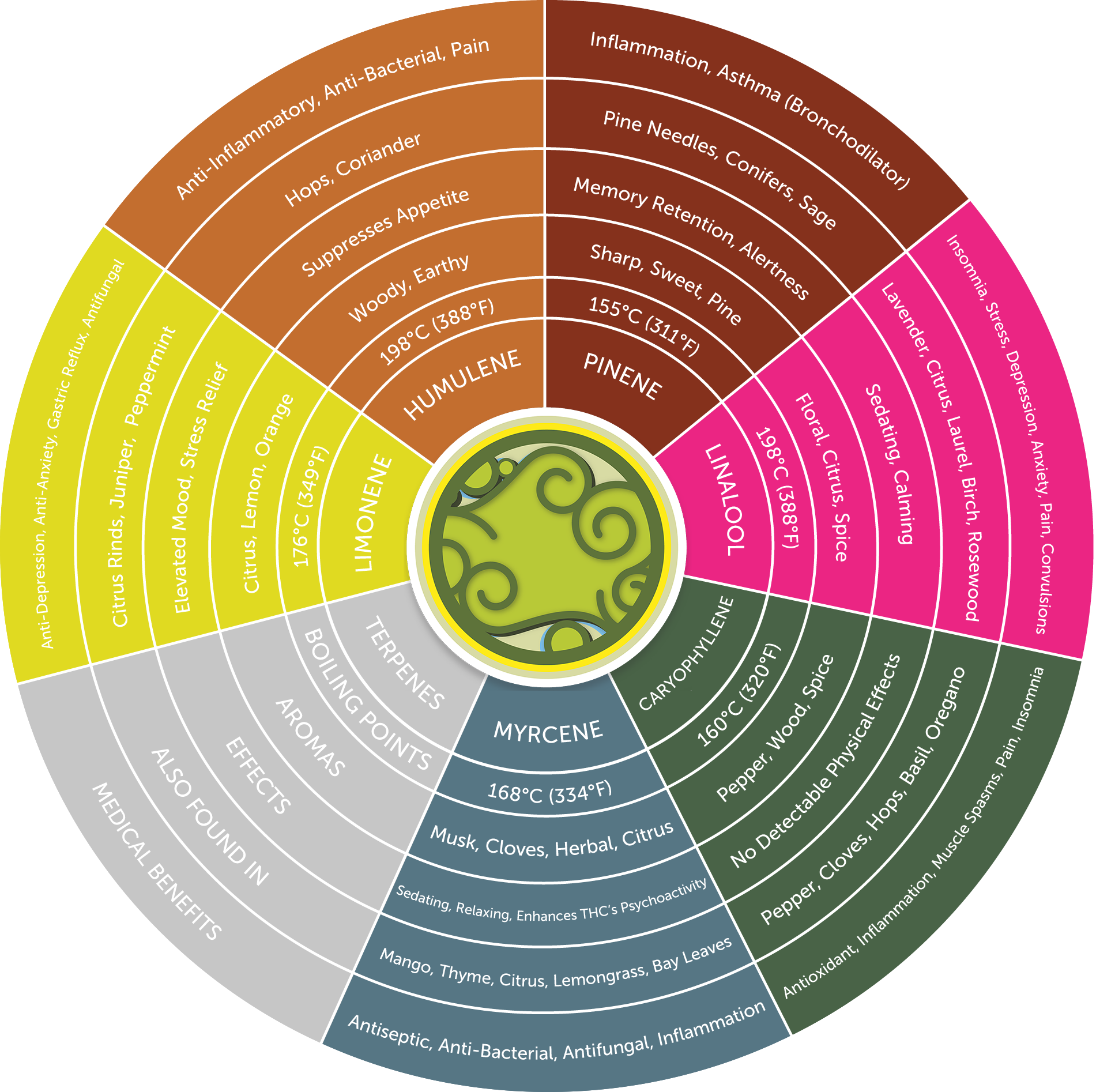Debunking the old "Indica vs Sativa" classification of cannabis
List of contents
- A short history of the origin of ‘indica’ & ‘sativa’
- Indica and sativa related to the appearance of the plant
- Indica and sativa related to the effect of the plant
- Narrow leaf varieties, wide leaf varieties & hybrids
- Cannabis varieties with wide leaves (BLD or Broad-Leaf Drug) (Cannabis indica - subsp. afghanica - psychoactive, broad leaves)
- Cannabis varieties with thin leaves (NLD or Narrow-Leaf Drug) (Cannabis indica - subsp. indica-, psychoactive, narrow leaves)
- Hemp varieties with wide leaves (BLH or Broad-Leaf Hemp) (Cannabis indica - subsp. chinensis- , psychoactive, broad leaves)
- Hemp varieties with thin leaves (NLH or Narrow-Leaf’ Hemp) (Cannabis sativa, non-psychoactive, narrow leaves)
- A classification that produces consistent patterns
Two of the most widely used terms in the cannabis world are Indica and Sativa, almost unavoidable when talking about the plant. But, as cannabis takes on a more legitimate form around the world, experts have begun to question the validity of these words. Are they still relevant or, on the contrary, have they become completely outdated?
We've all heard how Indica plants are compact in structure and have broad leaves, and that Sativa varieties are taller with narrow leaves; Or that Indicas will relax you while Sativas will give you energy. This is nothing more than an urban legend as the exact opposite may be true. And in general, it is an overly simplistic classification for a plant that has been evolving alongside humanity for at least 12,000 years. So it's important that we fully understand how exactly to define it.
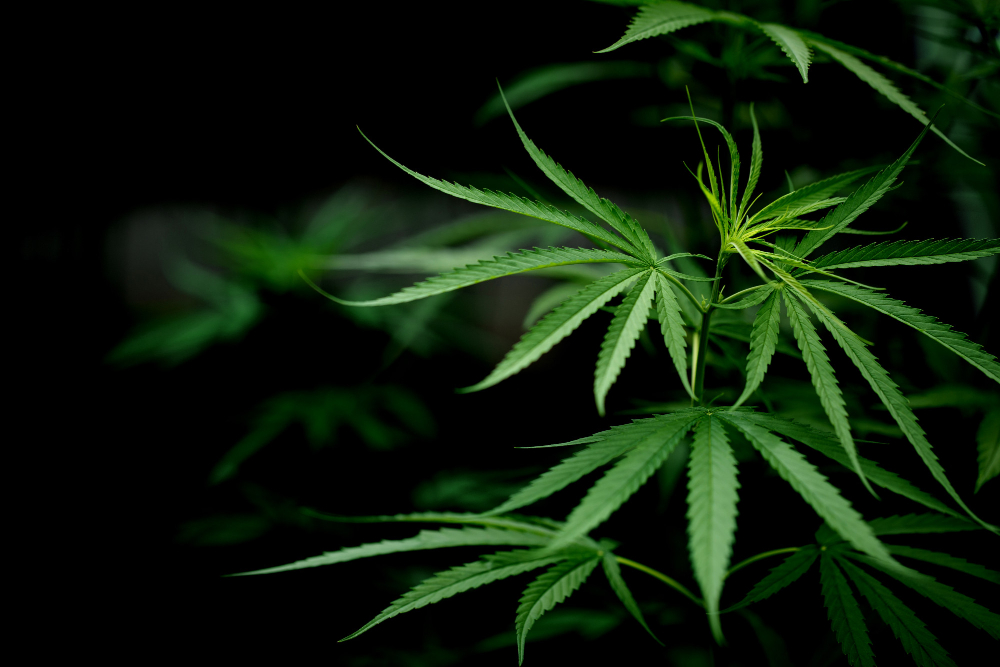
A short history of the origin of ‘indica’ & ‘sativa’
The scientific name Cannabis sativa was first published in 1753 by the Swedish botanist Charles Linnaeus, the father of modern taxonomy (the science of classifying organisms). The term sativa means 'cultivated' in Latin and, in this case, describes the common hemp plant grown widely in Europe and western Eurasia, where it has been used for thousands of years to produce fibre and seeds. Therefore, it has no psychoactive effects.
More than three decades later, in 1785, the French naturalist Jean Baptiste Lamarck described and named a second species, Cannabis indica, (indica in Latin means "of India") referring to cannabis from India, the origin of the first examples of the plant that arrived in Europe from all over the Indian subcontinent, from Southeast Asia to Africa. Later, people would facilitate its spread across the world, primarily using it as a source of psychoactive THC.
Since the 1960s, taxonomists have championed several different naming systems or nomenclatures. Many preferred a three-species concept when recognising Cannabis ruderalis (the word ruderalis is the adjectival form of the Latin word rudus meaning 'rubble') as a wild species capable of growing on wasteland, possibly an ancestor of both C. sativa and C. indica. Others prefer to classify C. indica and C. ruderalis as subspecies or varieties of the Cannabis sativa species. It is, evidently, a subject that remains open to debate.
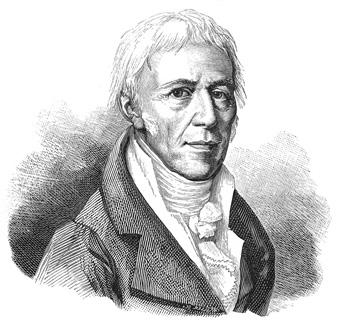
Indica and sativa related to the appearance of the plant
Thus, 'indica' and 'sativa' were terms that were originally used to distinguish between cannabis strains based on their place of origin and were intended to distinguish the appearance of the plant. For example, in the Middle East and Central Asia, native cannabis varieties have large, broad leaves. The differences in the size of the leaves show the variation in the consistency and strength of sunlight. Areas with weaker sunlight based on latitude tend to have cannabis plants with larger leaves, so they are able to absorb as much sunlight as possible.
On the other hand, there are parts of our planet where the climate is tropical and cannabis plants have evolved with smaller and thinner leaves that allow them to better cope with the high temperatures and humidity of these regions, producing lighter and fluffier buds that are far less susceptible to mould or bud rot.
"Sativa" and "Indica" are terms that are used not only to describe the appearance of the plant but also to describe its effect.
Indica and sativa related to the effect of the plant
But at some point, popular culture began to distinguish between the effects felt when consuming indicas versus sativas, even though there is no evidence for this. Consequently, indica strains denote a smoother and more relaxing experience, while sativas are intended to deliver more energetic and creative effects.
However, a 2015 study analyzed 494 samples from 35 different strains of cannabis, all labelled as indica, sativa, or hybrid. The researchers found that the chemical composition of many indica and sativa varieties was not distinct enough to differentiate between the two.
To complicate matters further, hybrid varieties are becoming more and more popular and crossbreeding has become so widespread that to distinguish between indica and sativa, at this point, is "almost nonsense," the researchers reported in a 2018 study.
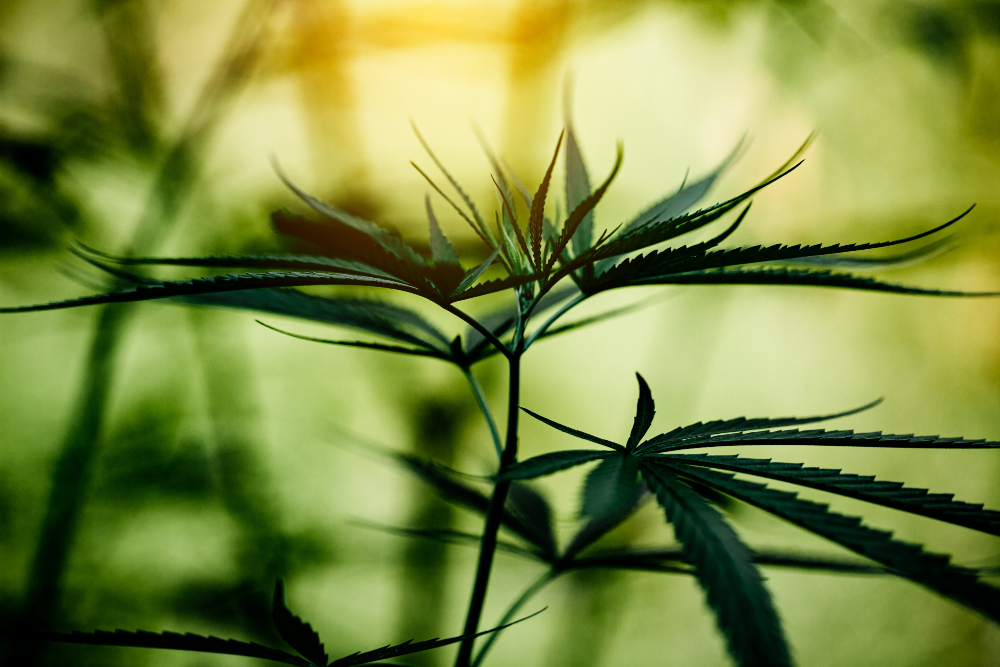
Therefore, with the prevalence of hybrid varieties, it has become almost impossible to accurately judge the effects of a cannabis plant solely by its physical appearance, the shape of its leaves and its size or its height. What we really should be perfecting is the chemical composition of the plant.
Because another factor that influences the high is the environment where it is grown; Factors such as sunlight, temperature and humidity contribute greatly to the effects. The same plant may be very different when grown in Spain than when grown, for example, in California.
But regardless of genetics, cannabis interacts with our bodies in very complex ways when we consume it. Depending on the chemotype, an indica variety can be more energizing than a sativa and vice versa. Individual human physiology, biochemistry, mood, genetics, etc... all these factors further determine the overall experience.
Current data also shows the importance of terpenes, which could be used to provide better guidance when choosing a variety or marketing its effects. Not only are they responsible for providing flavour and aroma, but they also support and influence the effects of other compounds in cannabis, playing an important role in the 'entourage effect'.
In this post we'll discuss about terpenes and, therefore, about the different and extraordinary scents of cannabis plants. Knowing how to determine each of them is easy if you know how to do it. Read this post and find out how to do it!
Narrow leaf varieties, wide leaf varieties & hybrids
Therefore, cannabis use produces a wide range of effects that cannot be simply divided into 'sedative' or 'stimulant'. When you experience a sedative effect from an 'indica' or notice more mental clarity from a 'sativa', what you are really feeling is the effect produced by a combination of all the compounds in cannabis combined with the chemistry and physiology of your own body.
While this ties into how to approach the great number of different effects of cannabis, we still need to rethink our approach to its physical appearance. Considering both aspects, it is much more scientifically accurate and, in the long term, will improve both the discourse and the research of the plant, to classify both Cannabis indica and Cannabis sativa as four distinct categories based on subcategories of local varieties, which are cannabis populations that have adapted to specific geographic regions.
This is what is proposed in the full text 'Cannabis: Evolution and Ethnobotany', by professors Robert C. Clarke and Mark D. Merlin, who toured the planet to establish a suitable taxonomic definition for cannabis, concluding that all cannabis varieties that produce resin are derived from Cannabis indica. Therefore:
Cannabis varieties with wide leaves (BLD or Broad-Leaf Drug) (Cannabis indica - subsp. afghanica - psychoactive, broad leaves)
It is generally accepted that BLD varieties (also sometimes referred to as WLD or Wide-Leaf Drug) originated in the Asian subcontinent or possibly in Afghanistan, hence the high resin production that serves to protect plants from the excessive daytime heat, intense ultraviolet light and cold nighttime temperatures typical of these regions, displaying broad dark green leaves and more compact buds.
Cannabis varieties with thin leaves (NLD or Narrow-Leaf Drug) (Cannabis indica - subsp. indica-, psychoactive, narrow leaves)
The Latin name can be a bit misleading, but NLD types are commonly referred to as 'sativa' in the cannabis industry. However, technically speaking, all THC-producing cannabis strains are indica. The varieties of Cannabis indica -subsp. indica - originated throughout the Indian subcontinent. In the 19th century, these psychoactive varieties reached the New World, in the Caribbean region, and from there spread throughout Central and South America, typically distinguished by their long, thin leaves, lighter colour, and narrow, airy buds.
Hemp varieties with wide leaves (BLH or Broad-Leaf Hemp) (Cannabis indica - subsp. chinensis- , psychoactive, broad leaves)
BLH type plants are found in certain parts of eastern Asia above the 40th parallel. Because they do not produce large amounts of cannabinoids, BLH crops are most commonly used for the production of seeds and fibre.
Hemp varieties with thin leaves (NLH or Narrow-Leaf’ Hemp) (Cannabis sativa, non-psychoactive, narrow leaves)
Originating in Europe and western Eurasia, NLH type plants have been cultivated for centuries to obtain fibre and seeds and were introduced to the New World during European colonisation. Although it is the only 'sativa' of the group, NLH types do not produce large amounts of cannabinoids or terpenes.
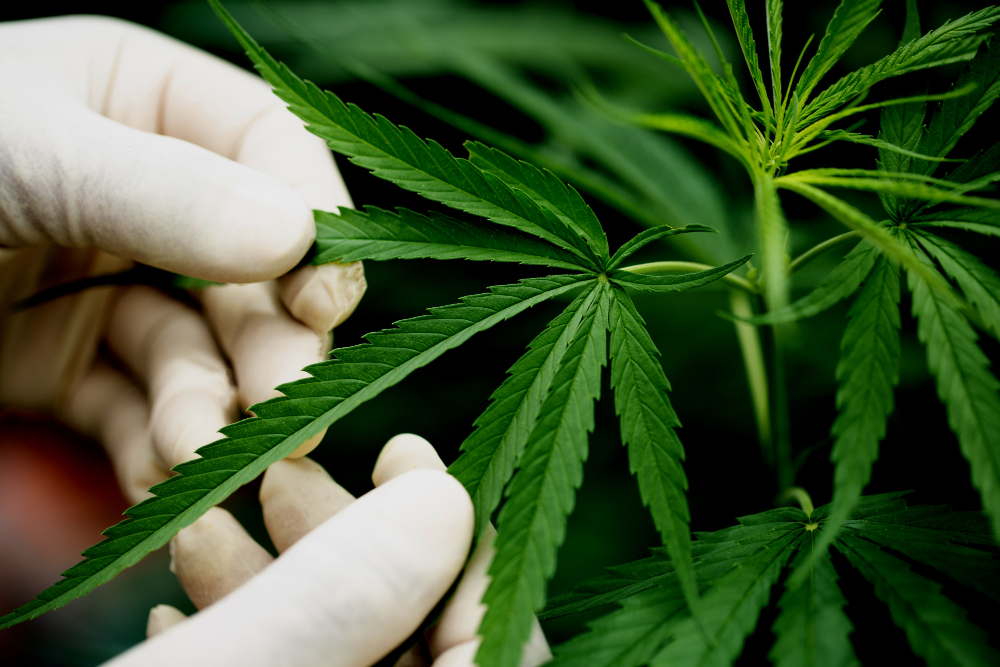
A classification that produces consistent patterns
As we can see, the first three types are all versions of the Cannabis indica species and only the final type is Cannabis sativa. However, today's cannabis has been hybridised and crossed for many millennia without any record of the various inherited genetic characteristics. This means that the overwhelming majority of cannabis sold today is completely hybridised, regardless of what traditional menus using the indica/sativa classification may claim.
The fact is, all of this cannabis probably got a part of its genetics from the 'Broad-Leaf Drug' Cannabis indica gene pool and your cannabis genetic lines have likely been crossed with at least one, if not all three, of these particular genetic types. Thus, most of today's cannabis would be a hybrid of the previous four (four-way polyhybrids) with NLD and BLD ancestry and, in turn, with CBD-rich varieties (cannabidiol) such as Pure CBD Punch or CBD Rich Candy, which incorporate an element of European or Chinese hemp genetics.
However, rather than wondering whether our modern, fully hybridised cannabis is indica or sativa and trying to extrapolate from there how it will affect us, it is much more appropriate to classify it based on a general consensus of the entourage effects of each harvest, since even individual buds of the same plant can have various expressions of cannabinoids, terpenes, and other compounds that contribute to different experiences.
Due to centuries of repression regarding the plant, cannabis history is largely oral, with little science and few written records. This has left a legacy of undocumented hybrid strains, resulting in a distinction between indica and sativa that is all but indefensible, even though the vast majority of cannabis today still clings on to this classification.
Happy harvests!
